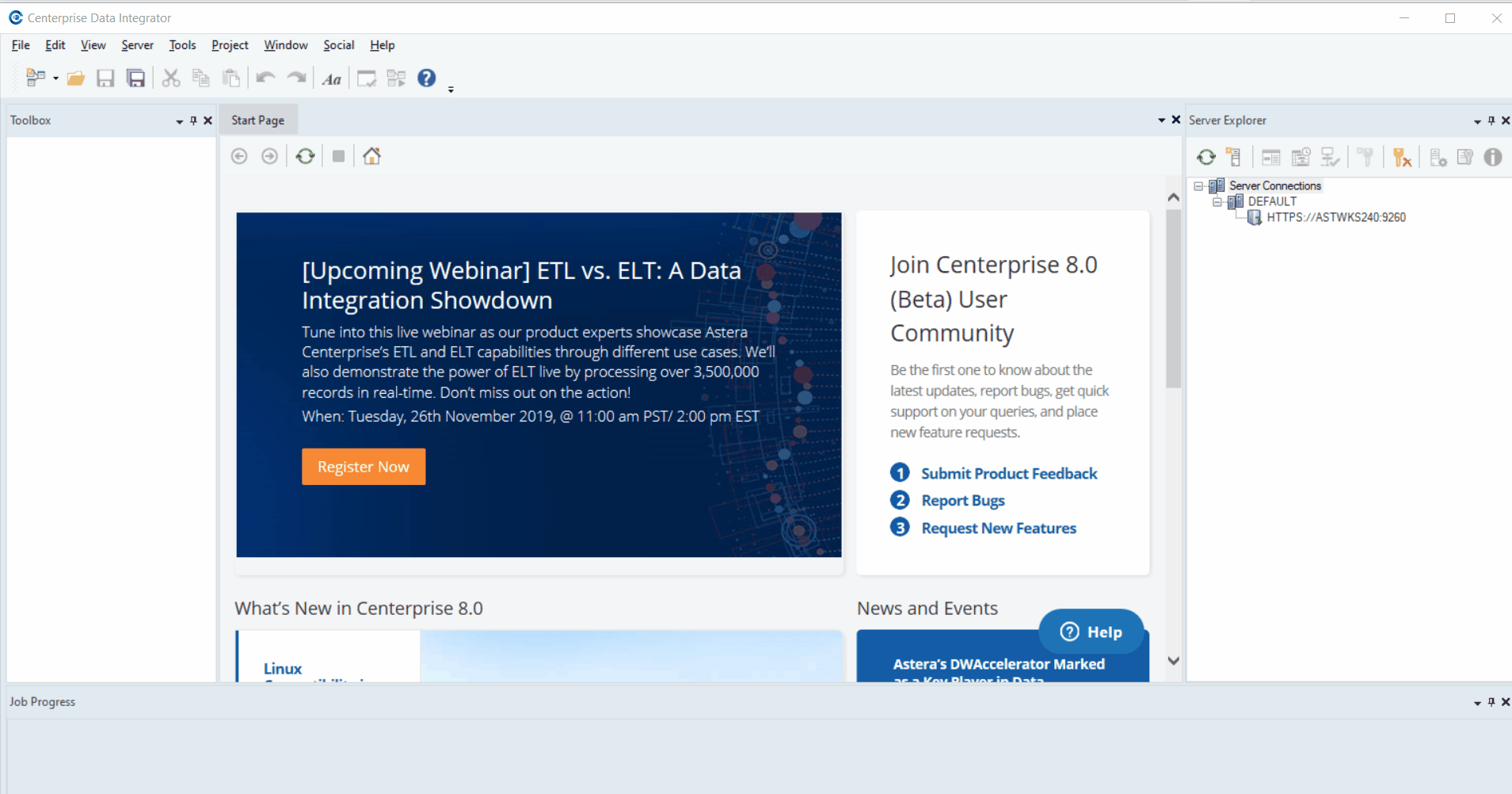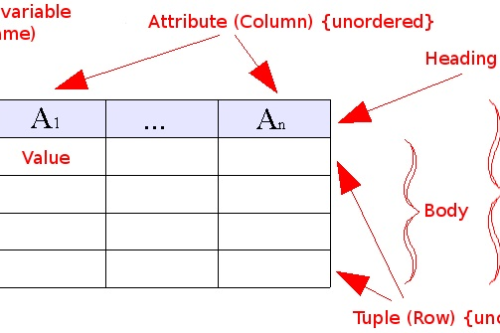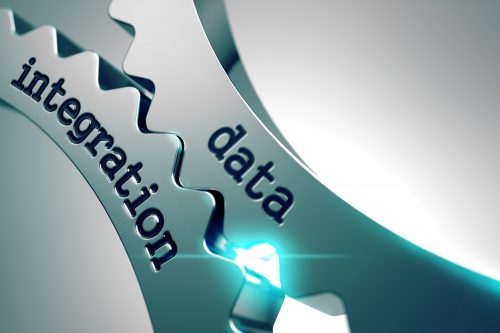Did you know, data integration is the number one challenge that companies are facing for digital transformation? That’s because there are so many data sources, new data types, and hybrid cloud and on-premises environments, all presenting serious challenges.
The good news is that businesses that need data integration tools have a wide variety of alternatives at their fingertips. But, how can you browse through so many data integration options to pick the right one for your requirements and goals?
Explore the top 10 data integration features that you should look for when choosing a solution for your company.
Top 10 Must-Have Data Integration Features
Data integration tools have the potential to simplify the ETL process a great deal. Look for these features in a data consolidation tool:
1. Automation and Job Scheduling
First data integration feature to look for is the automation and job scheduling. Large enterprises handle hundreds of integration jobs every day. The more you can automate these tasks, the faster and easier it’ll be for you to extract insights from data. A data integration tool should support built-in job scheduling and automation so that you can schedule anything from a simple data transformation job to a complex workflow comprising several subflows. It should allow you to leverage process orchestration capabilities so that you can sequence integration and transformation jobs, which can be executed serially or in parallel on several servers. Moreover, it should support SQL execution, external program execution, FTP uploads and downloads, and email.
Running a job scheduler in Astera Centerprise.
2. Pushdown Optimization (ELT)
Pushdown optimization is another great data integration feature to look for when searching for a data integration tool. It should offer both ELT and ETL operations. In case of ELT operation, you should be able to push down a data transformation job into a relational database, where needed. This will allow you to make better use of database resources and enhance performance. As a result, you can better manage processing needs, save more time, and increase developer productivity.
3. Number of Data Connectors
The problem most people face today is of the lack of connectors in their data extraction tool, so this is a must-have data integration feature to have.
An integration tool should have a wide range of built-in connectors for both modern and conventional data sources. This is critical because one of the main jobs of a data extraction tool is to enable bi-directional movement of data between a wide variety of internal and external data sources that an enterprise uses.You should be able to connect it with simple CSV, Excel, or fixed-length files, relational databases, hierarchical EDI and XML files, legacy formats, enterprise applications, cloud solutions, data warehouses, and more.
4. Parallel Processing (Performance)
Another important data integration feature to look for in an integration tool is to have a parallel processing engine. It will allow you to run data transformation jobs in parallel. As a result, the entire dataflow, or parts of it, can be processed in parallel on several nodes. And, each node can have a part of the dataflows. This means you can experience unparalleled performance even when processing huge datasets.
5. Data Quality, Profiling, and Validation
Another important data integration feature to look for in your consolidation tool is of built-in data profiling features. So that you can easily examine your source data and obtain detailed info about its structure, quality, and integrity. It should also allow you to define custom data quality rules to validate received data and identify missing or invalid records.
6. Drag-and-Drop GUI
Ideally, a data consolidation tool should have a visual, drag-and-drop interface so that your non-tech savvy users can also operate it easily. It should provide advanced-level functionality for development, debugging, and testing in a code-free environment. Plus, the tool should offer the same level of usability to both developers and enterprises with accessible functionalities such as instant data preview, in-built transformations, and native connectivity to several data sources.

Source: Astera
7. On-premise and Cloud
The data integration tool you choose should be capable of being quickly deployed on-premise or in the cloud. You should be able to containerize the application. A container is a kind of an operating system virtualization which helps in the efficient running of applications across platforms with minimum resource consumption.Containerization enables speedy deployment, patching, and scaling of applications.
8. Support for Legacy Systems
Legacy systems are old, inflexible technologies put into place to solve previous business challenges. These systems, due to their long lifespans, tend to be inflexible, expensive to maintain, and difficult to integrate with new cloud and web-based services. Your data consolidation tool should be able to integrate with legacy systems so that you can unlock the value of your old systems. It should have suitable connectors (such as COBOL, IBM DB2, Netezza, Sybase, etc.) allowing for connecting with legacy systems on-premises or in the cloud quickly.
9. Pre-built Transformations
A data integration tool should simplify the process of transforming complex hierarchical data with its extensive range of built-in transformations. These transformations should allow you to create a complete dataflow and automate using built-in job scheduling and automation features.
10. Staging Area
Another feature that you should look for in a data integration software is the staging area it offers to the users. Staging area is a database server – a relational database server – that is available with the software. It is usually on the system where the data integration platform is installed.
The benefit of this staging area is to easily perform ETL process. With the staging area available, users can easily extract data from a legacy system and cleanse it before loading it to the target destination such as a data warehouse or a cloud storage.
Ready to Get Your Data Integration Tool?
Business intelligence, analytics, and competitive advantages are all at stake when it comes to data integrity. That’s why your company must have full access to every data set from every source. Using a robust data integrity tool like Astera Centerprise that has all these features can help your business consolidate data from virtually any source and prepare it for analysis with any data warehouse.
Data integration is fundamental to constructing a consolidated, reliable data warehouse. Are you looking for a powerful tool to integrate all your enterprise data? Check out the free trial of Astera Centerprise!







